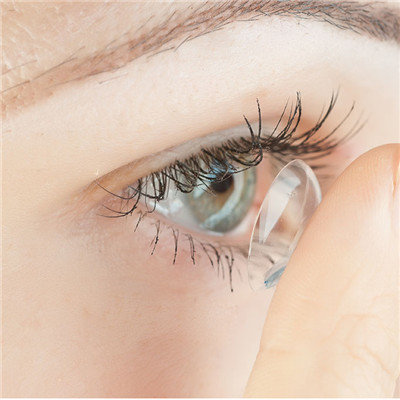How to differentiate herpes simplex uveitis?
summary
Herpes simplex virus can cause uveitis through direct invasion or induced immune response. Clinically, it can be manifested as anterior uveitis or posterior uveitis. How to differentiate herpes simplex uveitis?
How to differentiate herpes simplex uveitis?
It can cause trabecular meshwork inflammation, which is characterized by elevated intraocular pressure and corneal edema. The elevated intraocular pressure is transient, but it can also cause damage to the optic nerve. This disease is related to herpes virus infection, so it can cause peripheral nerve injury, usually manifested as severe nerve pain and numbness of the skin around the eye, and even ptosis and narrowing of the eye fissure.

Anterior uveitis caused by herpes simplex virus should be differentiated from a variety of diseases. The main diseases are anterior uveitis caused by herpes zoster virus, uveitis caused by EB virus, uveitis accompanied by inflammatory intestinal diseases, Cogan syndrome, traumatic anterior uveitis, tuberculous anterior uveitis, syphilitic anterior uveitis, etc.

Herpes simplex uveitis is caused by the direct invasion of herpes simplex virus or the induced immune response. Clinically, it can be manifested as anterior uveitis or posterior uveitis. Anterior uveitis may or may not be accompanied by keratitis, while posterior uveitis is mainly characterized by retinitis or acute retinal necrosis syndrome.

matters needing attention
This disease is mainly caused by herpes simplex virus infection, so it is infectious. After patients with herpes simplex virus infection appear in nurseries and kindergartens, they should be asked to carry out isolation treatment at home, and can only return after recovery. Pregnant women with genital herpes should be delivered by cesarean section. At the same time should pay attention to the appropriate increase in exercise, eat more fruits and vegetables and other foods rich in vitamins, can reduce the onset of the disease.















